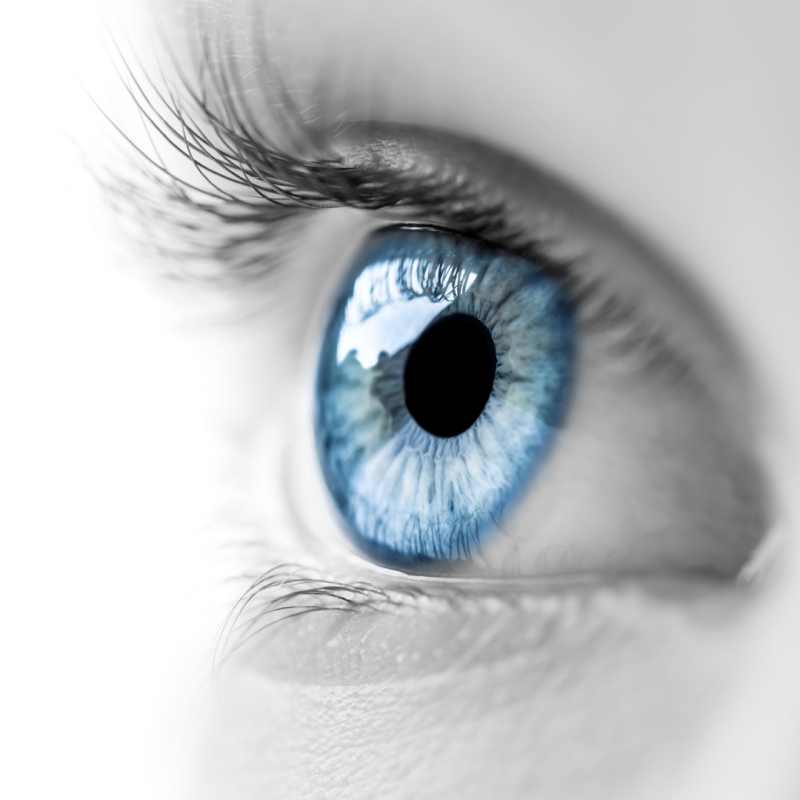Visual stress (also known as Meares-Irlen syndrome) is a sensitivity to visual patterns and is estimated to affect approximately 20% of the population. It is thought that these patterns, including those from text, can cause a hyper-activation of the visual part of the brain. This interferes with reading, but can be reduced by precise individual colour.
Our Optometrists have expertise in diagnosing and prescribing aids to assist with visual stress for both children and adults alike.
Signs of visual stress can include: movement of printed text; blurring of print; letters changing shape or size; patterns in the print; halos of colour surrounding letters words; tiring easily whilst reading; headaches or visual discomfort; using a finger as a marker on the page; skipping words or lines; re-reading the same line; rubbing eyes/blinking frequently when reading; poor comprehension of reading content; fidgeting continuously; frustration; and low self-esteem.

